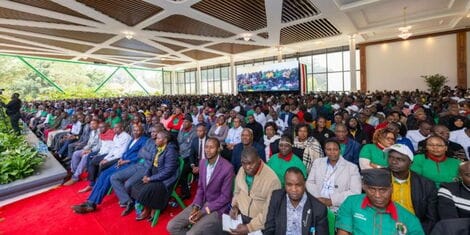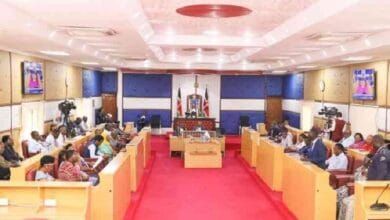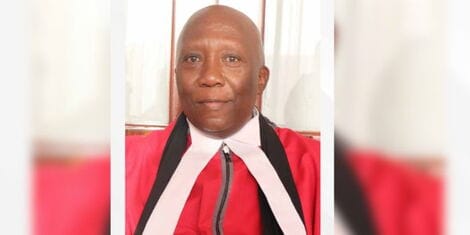
A significant clash is brewing between the nation’s educators and the government as the Teachers Service Commission (TSC) announced a mandatory transition to the Social Health Authority (SHA) medical insurance scheme by December 1, 2025.
This move, intended to replace the current cover provided by a private insurer, is being met with fierce resistance from teachers and their unions, who have vowed to reject it entirely.
The announcement, detailed by the TSC, positions the new scheme under the Public Service Fund, promising a “premium” package that supplements core SHA benefits. According to the Commission, teachers will gain access to an extensive range of services, including outpatient and inpatient care, specialized dental and optical treatments, annual checkups, comprehensive ambulance and emergency air-rescue services, overseas treatment, group life cover, and last expense support. The scheme is also designed to cover the principal member, their spouse, and up to six dependents.
However, this official narrative is starkly contradicted by the groundswell of opposition from the teaching fraternity. Speaking on behalf of the Kenya National Union of Teachers (KNUT) in Nakuru, Executive Secretary Anthony Gioshe issued a firm rejection of the move. “We have heard a story from the government that they want to move us into SHA. We have no problem with the Social Health Authority, but we are saying this, we will not go there,” Gioshe declared, articulating a widespread lack of faith in the new system.
The teachers’ grievances are multi-faceted. Central to their rejection is the issue of what they term “double taxation.” The SHA model mandates a deduction of 2.75 per cent of an individual’s gross income or household income. Educators argue that this new deduction directly clashes with the premiums they already pay for their existing, comprehensive cover, effectively resulting in a second financial levy on their payslips for healthcare.
Furthermore, teachers are reluctant to surrender their current scheme, which they laud for its extensive coverage that includes a spouse and up to four children. They also value its user-friendly features, such as the ability to access services without a physical card by using their payroll number or biometric verification at accredited hospitals—a convenience they fear may be lost.
The teachers’ stance is bolstered by cautionary tales from other civil servants. They cite widespread lamentations within other government sectors, such as the police force, regarding difficulties and micro-savings encountered when trying to access treatment under the SHA.
This standoff persists despite a recent high-level meeting between President William Ruto and teacher representatives at State House, where educators aired their grievances, including those concerning their medical scheme. The government’s push for the SHA appears to be a key part of its broader health reform agenda, but it is now facing a major hurdle in the form of organized resistance from its largest workforce of public servants.
As the December 2025 deadline approaches, the TSC and the Ministry of Health face the formidable task of either convincing a skeptical teaching population of the new scheme’s benefits or confronting a unified and determined opposition fighting to protect the healthcare benefits they currently enjoy.




